5 Lessons from Japanese Noh about Corporate Success
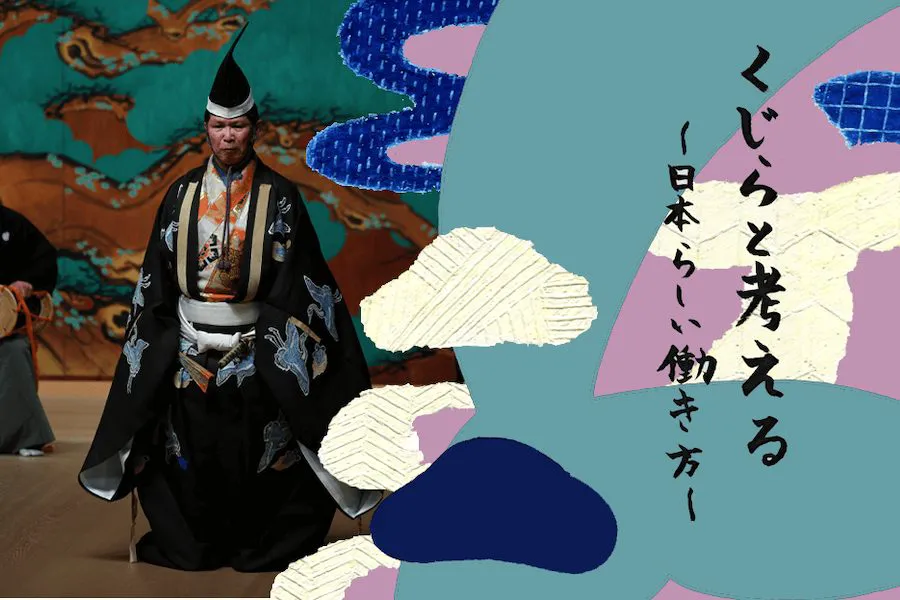
In the fast-paced world of corporate competition, businesses are always striving to stand out, seeking attention for their products and services. This has led them to recognize the power of innovation, storytelling, and presentation in captivating their audiences. In this pursuit of discovering new ways to attract customers, businesses are finding inspiration in diverse places. For modern companies, one such source lies in the rich roots of Japan’s culture and traditions.
This article delves into the “Japanese Way of Working” by exploring insights from an ancient Japanese art form called Noh, an art form of traditional theater that involves music, dance, and drama.
Noboru Yasuda, a highly experienced Noh performer from the Shimogakari-Hosho school, delves into the secrets of the art form’s longevity and its relevance to the world of business. He also reveals how these timeless concepts of this ancient art form can inspire innovative thinking in today’s dynamic business landscape.
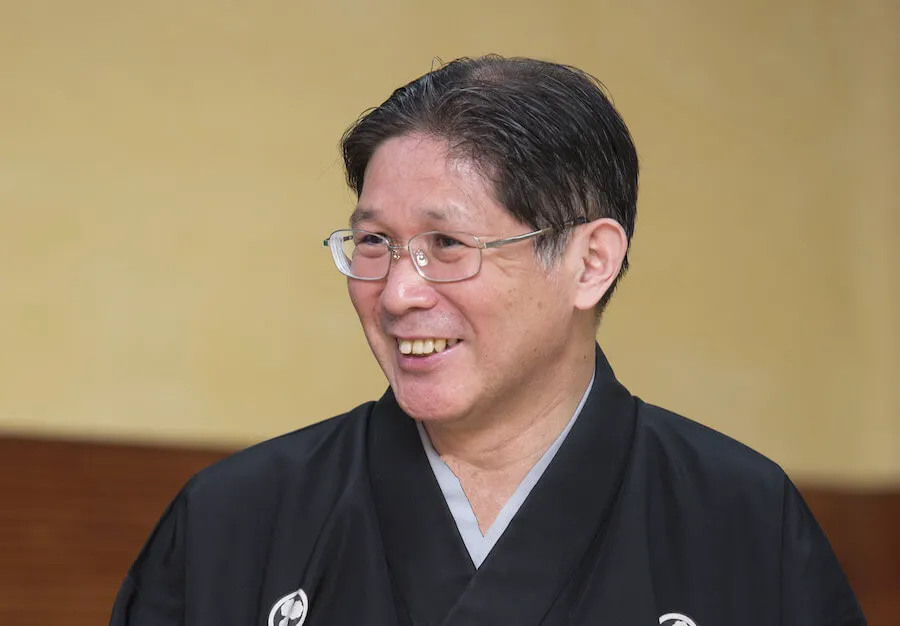
Noboru Yasuda
Noboru Yasuda is a Noh performer of the Shimokake Hosho school. While creating, directing, and performing in Noh plays using the Noh method, he also runs “Yugaku Juku,” a school for studying classics such as the Analects of Confucius. He is also an instructor of “100 Minutes de Meisaku (The Tale of the Heike). He is the author of many books, including “Awai no Chikara: ‘Kokoro no Jidai’ no Tsugi no Tsugi wo Ikiru” (The Power of Awai: Living Next to the Age of the Heart) (Mishima-sha), “What is the trick that Noh has used for 650 years” (Shincho Shinsho), “Useful Classics” (NHK Publishing), and more.
The “Original Spirit” of Noh
Originating in the 14th century, Noh is a form of Japanese drama that is performed in masks and costumes. Despite being at least 650 years old, Noh has managed to stand the test of time and stay relevant across centuries.
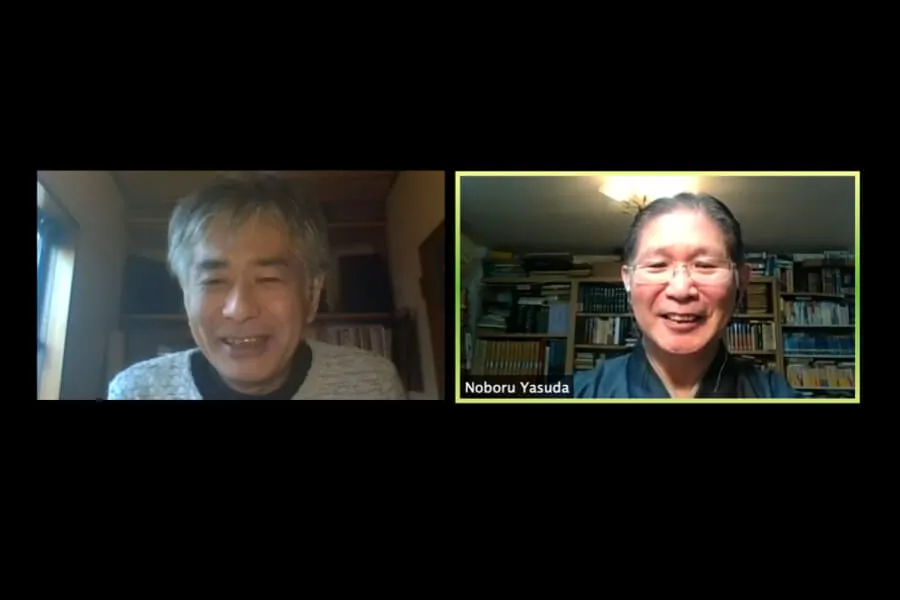
Noh performer Noboru Yasuda sheds light on Noh’s secret to longevity and its lasting legacy, comparing it to the success of a long-established company, that has stood the test of time. According to Yasuda, the essence of Noh’s longevity lies in its “original spirit”, which signifies the act of shedding one’s old self and embracing a transformative journey of rebirth and renewal. This dynamic approach to change, rather than mere growth or progress, has enabled Noh to adapt gracefully to its environment, making it a timeless cultural treasure.
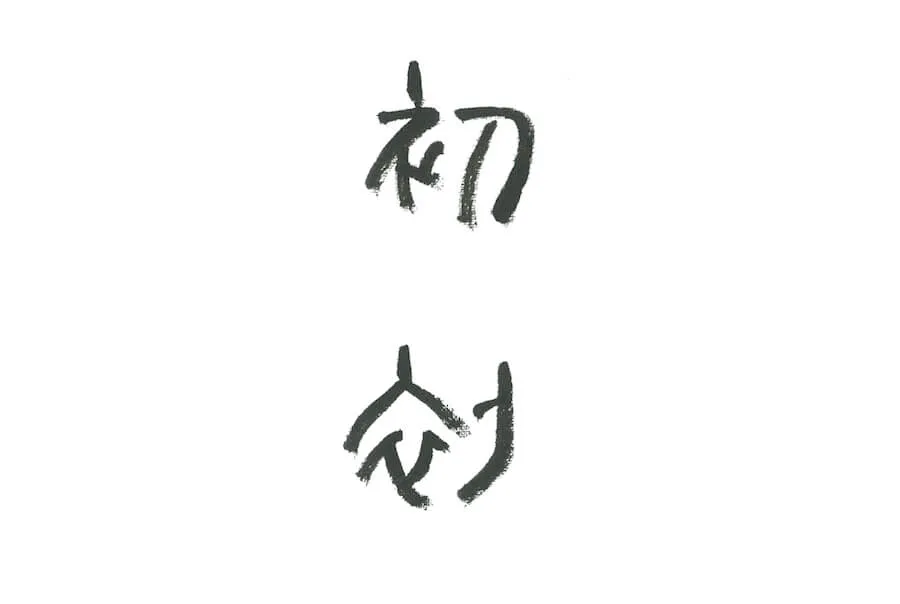
Drawing parallels between Noh and successful organizations, Yasuda emphasizes the significance of embracing change rather than mere growth or progress. He clarifies, “What is important is not ‘growth’ or ‘progress,’ but ‘change’ in response to the environment.” “How did Noh become a culture that has lasted for more than 650 years? It is because there are ‘mechanisms’ in place to ensure that it continues.”, Yasuda says.
Embracing Change Through Innovation
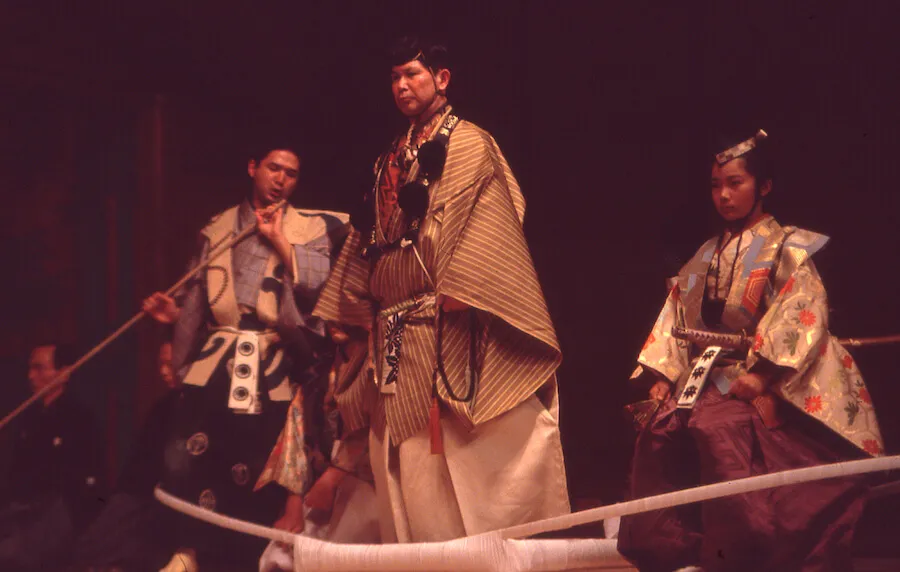
Innovation is a buzzword often associated with business and technology and many companies are trying to achieve it by developing various measures such as creating business departments for new projects and introducing new personnel systems. However, these efforts have not proved to be very fruitful.
According to Yasuda, this is because true innovation is not just about pursuing growth at any cost. Instead, he reveals how Noh’s ability to innovate, stems from its willingness to adapt to changing circumstances while still preserving its core essence.
Noh uses a unique mechanism for manifesting and fostering an innovative mindset among its practitioners. In this system known as “Hiraki”, students who have achieved years of practice, are challenged by a master to perform a difficult piece, thereby pushing them to surpass their previous limitations.
Comparing this experience to being pushed off a cliff, Yasuda says that this part is where practitioners must let go of their previous training and embrace new possibilities. The “Hiraki” system fosters an innovative mindset that embraces change fearlessly, enabling Noh to adapt and flourish even in challenging times.
“It’s a very difficult piece to be ordered to do there, and unless you evolve, surpassing your previous rate of growth much more rapidly, then you’ll never be ready for the performance.”, Yasuda says.
Understanding the Essence of “Wa” – Harmony in Diversity
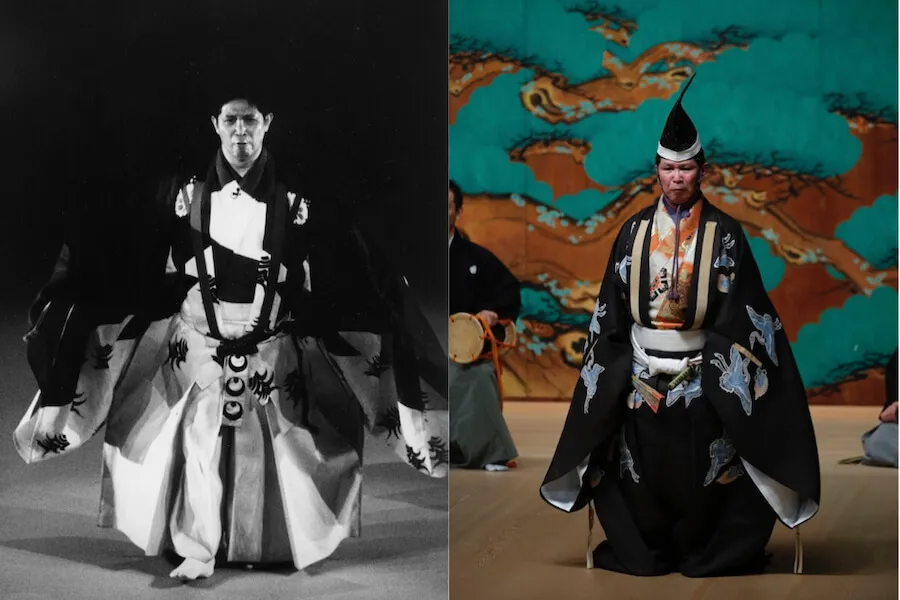
The essence of the art form of Noh lies in the concept of “Wa” or harmony, which does not just imply uniformity but celebrates diversity in a seamless, harmonious coexistence.
Delving into the concept of “what it is to be Japanese,” Yasuda contrasts the popular notion of “dou” (sameness) with the concept of “Wa” (harmony) exemplified in Noh. While “dou” emphasizes uniformity, Noh cherishes the idea of individuals coming together in harmonious coexistence despite their differences.
Yasuda elaborates on the character for “Wa,” stating, “It shows three mouths and a number of flutes tied together, meaning a state in which each individual is separated but in harmony.”
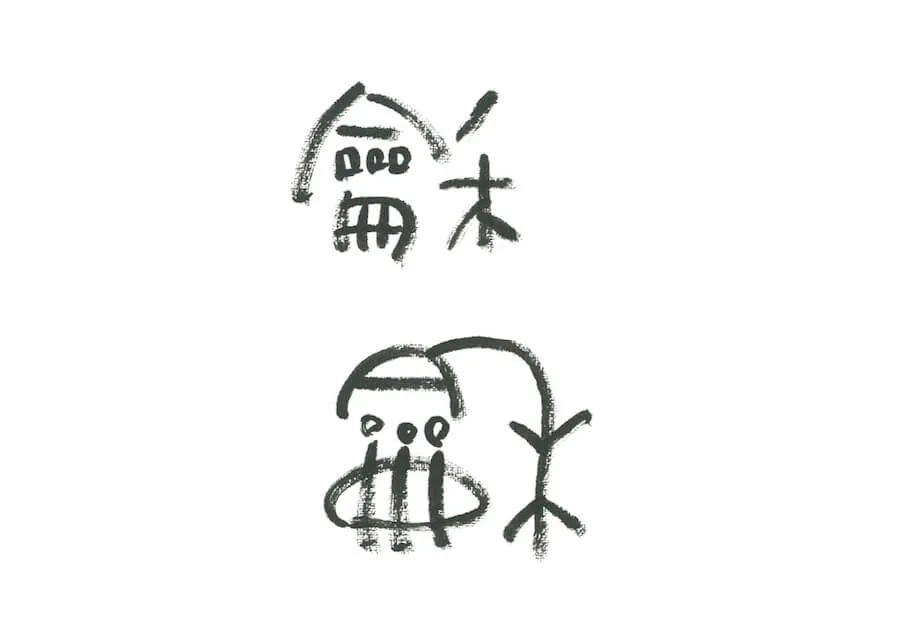
This can be compared with the modern organizational ideas of “diversity and inclusion”. Going by the concepts of Noh, true harmony comes from recognizing and embracing the unique strengths of individuals. So, by celebrating diversity and fostering a culture of harmony among its employees, organizations can unlock the full potential of their teams.
The Medoki Stage – Embracing Growth through Patience
Transformation is an essential part of Noh. But once, after an individual has progressed to a certain level, there comes a time when it is difficult to see any change, no matter how hard they try. Nevertheless, if one still continues without giving up, they’ll eventually realize that they have made progress.
In the world of Noh, this stagnation period, when no change can be seen no matter how hard one tries, is called ‘Medoki’ or the period of bad luck. In contrast to the “Odoki (the period of good fortune)”, a time of competition to gather strength, the “Medoki” is a time when nothing goes right. But this is not a negative thing.
Yasuda says that Medoki is a necessary period that leads up to the time when results will finally appear and it should actually be cherished and developed in one’s mind even more.
He emphasizes that this period is an essential step in the path to growth and breakthroughs. It is during this time that the accumulated knowledge and experience of a person gradually transform into an interconnected network within the brain, leading to sudden moments of progress and revelation.
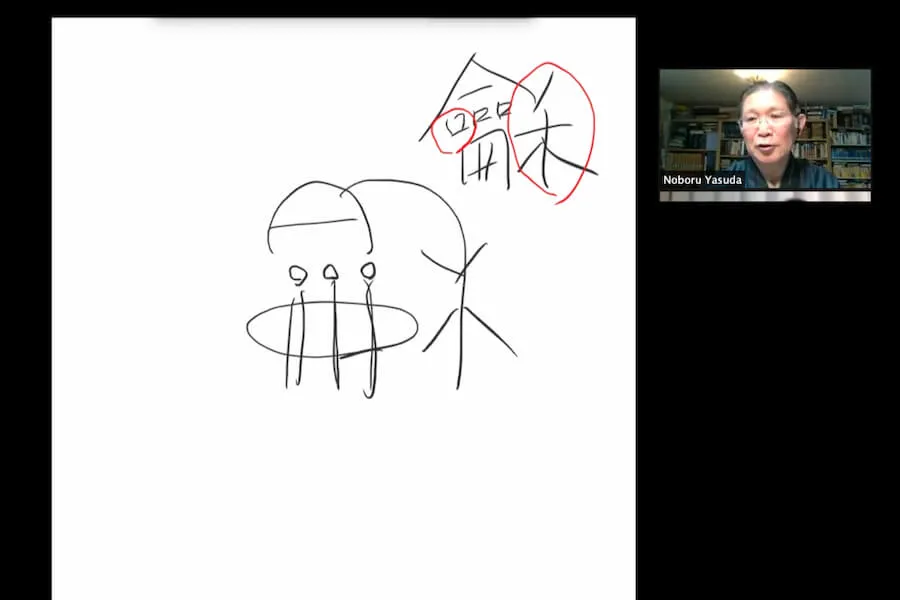
Just as Noh performers navigate moments of no visible progress, teams in organizations might also need patience and support during these phases to bloom with fresh ideas and innovations. Organizations shouldn’t just think about short-term results and judge people based on their lack of efficiency at a certain time. This is linked to the essential idea of harmony and what it is to be Japanese, which is to ‘respect that each person has their own role to play at any given time
This is why organizations should embrace the “Medoki” period of their employees without rushing for immediate results as fostering patience and understanding for each individual’s unique journey can lead to profound and sustainable growth.
Accepting the Right Kind of Responsibility
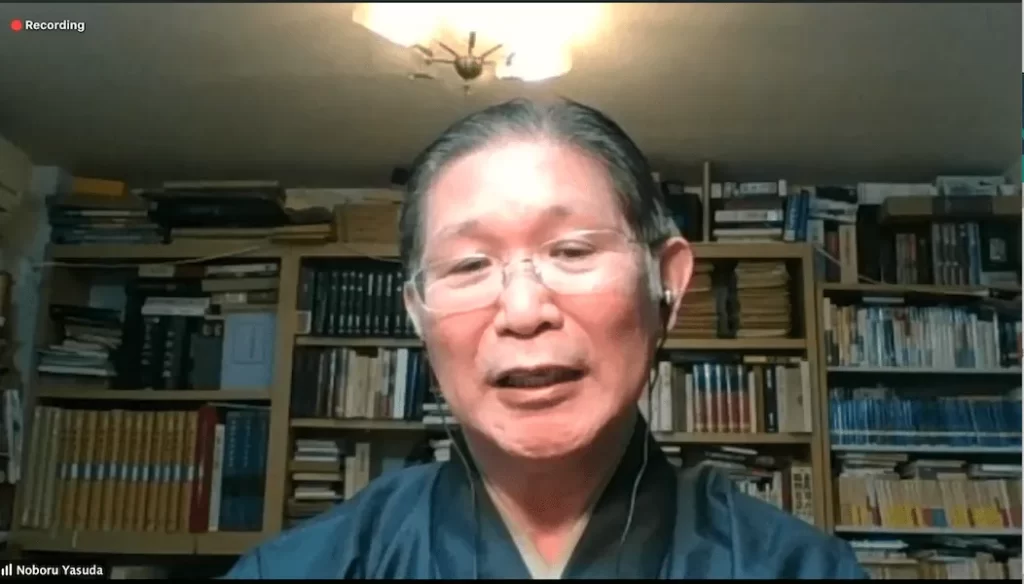
In order to become an organization that accepts ‘Medoki’, it is necessary to have people who can take responsibility. Here, contrary to common misconceptions, responsibility is not about taking the blame but it is the ability to respond appropriately, accept, and make allowances. The key is to take responsibility for a situation and not “react” to it, which essentially means to take something that has been thrown at you and throw it right back.
In the world of Noh, masters demonstrate this “responsibility” to their students to the fullest extent, guiding them with strict care. Sharing examples from his own life, Yasuda says that even his master, whose guidance was quite strict during his daily training, would always encourage him just before a performance, saying, “Go wild, I’ll take responsibility for you.” Even when Yasuda made a big mistake on stage, his master used to comfort him by saying that no one was going to remember it in 10 years.
“A master is a person who, from their vantage point where they have a comprehensive view of things, tells us the appropriate things in response to what we say and do. By having someone who has been taught and nurtured in this way fulfill what is a responsibility for someone else, important things can be continually passed on from generation to generation. Responsibility can be said to be an activity that supports sustainability over a long span of time,” elucidates Yasuda.
For modern organizations, adopting this nurturing approach will ensure that its core values are passed down from one generation to the next, thereby contributing to its enduring success.
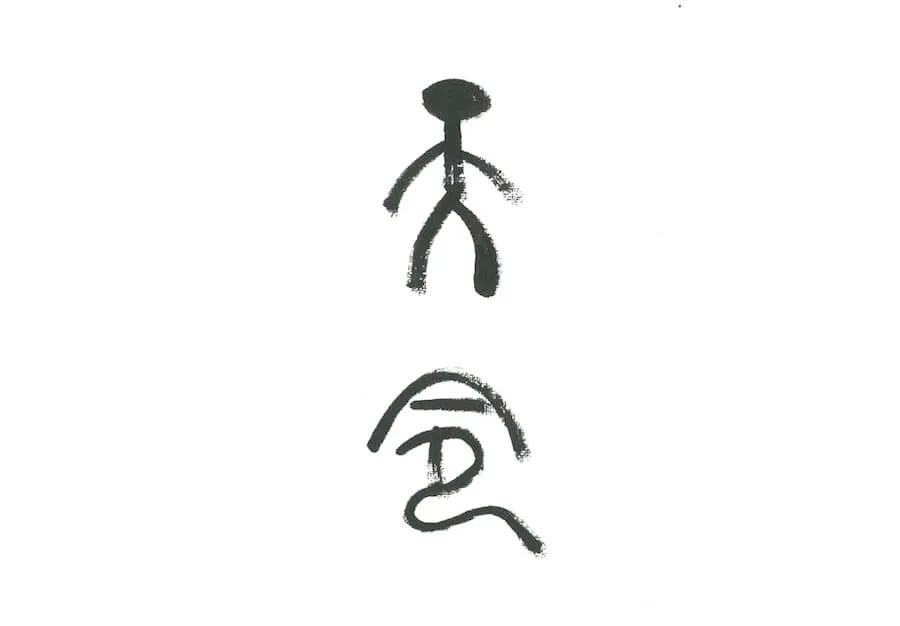
Conclusion- Harmony is the Key to Thrive!
Throughout history, the essence of the spirit has been deeply rooted in Japan’s culture and has been epitomized by the grand concept of “harmony.” From the ancient days of The Seventeen-Article Constitution to the modern era, this idea of harmonious coexistence has infused into Japanese culture.
The ancient art of Noh is the perfect example of this culture of harmony. Noh is not just an epitome of art; it is also the treasure trove of many timeless life principles that have and still can transcend centuries. The enduring success and longevity of this art teach us the transformative power of embracing change, diversity, and true harmony.
Noh performer Noboru Yasuda elucidates that “harmony” isn’t about conformity but embracing individuality while finding unity. This profound understanding extends beyond the stage, resonating in the business world through teamwork, diversity, inclusion efforts, and organizational management. Embracing “harmony” in discussions fosters innovation through mutual respect and understanding, akin to Noh’s sacred stage.
As businesses continue their quest for innovation and growth, Noh reminds us that true progress lies in embracing change and cultivating this culture of harmony in the workplace. By learning from Noh’s enduring spirit and innovative approach, organizations can unleash their creative potential and thrive in a dynamic and ever-evolving world.
Updated July 9, 2020
Text: Takeshi Nishiyama
Illustration: Uni no Reona
Photo by Noboru Yasuda



